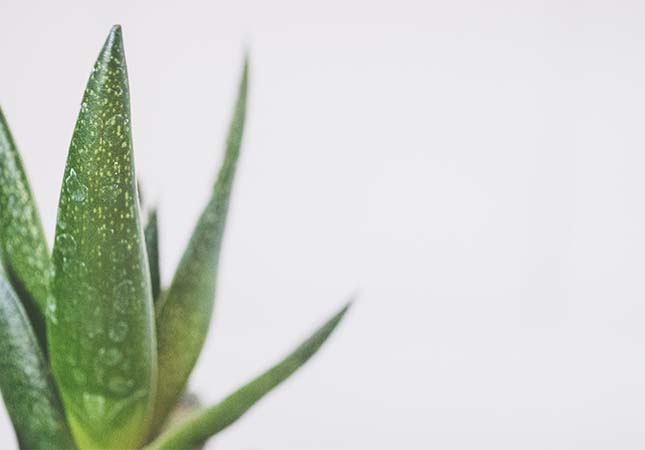The awareness of eco-friendly textile products and the consumption trend of ecological textiles has made environmentally friendly fibers and weaving machine that has no pollution become the focus of the textile industry development research.
Meyer Sedge Fiber
Meyer sedge fiber is a kind of cellulosic fiber extracted by an alkali-oxygen one-bath degumming and bleaching process with the meyer sedge as raw material. The main process is carec meyeriana kunth (washed and dried after removing impurities) - pre-soaked acid - washing - alkaline oxygen one bath scouring -water washing- acid washing-water washing-drying.
As bast fiber, meyer sedge fiber is easy to be separated into fibers and has strong hygroscopicity and excellent corrosion resistance. Almost entirely fibers that are divided from it are composed of cellulosic fiber, and a few of them are composed of lignin so that meyer sedge fiber is generally soft, hygroscopic, and breathable, also with the function of automatical humidity adjustment.
If add Chinese herbal medicine or vanilla fiber to the meyer sedge fiber, the final product will have a strong unique aroma that can last for a long time, and also be well equipped with the usage of killing fungi and quickly eliminating the odor.
The Applications of Meyer Sedge Fiber on the Textile Industry
The currently developed textile products that are made of meyer sedge fiber include meyer sedge fiber insoles, cushions, mattresses, waist support, etc. Most of them are relatively rough due to the natural characteristics of meyer sedge fiber. Thus, it is essential to develop further research on meyer sedge fiber and its applications in textile manufacturing if one wants to use it in daily clothing, sportswear, health socks, and other products that direct skin contact.
Aloe Fiber
Aloe fiber is new skin and personal health care fiber type that is made by adding aloe fiber extract into the cellulosic fiber during the fiber spinning process. The Bayer Company first conducted research on aloe fiber by emulsifying aloe fiber extract and keratin, making them into a cloudy emulsion for fabric finishing treatment. Then adding Chinese herbal extracts such as licorice with the aloe fiber extract as the main component, and finally fixing the combined liquid on the fabric, making it "Aloe fiber Fleisure". It is the skincare fabric launched by Bayer company. Based on this research, a Chinese company used cotton pulp as raw material and produced the aloe viscose fiber through a series of processing such as alkali leaching, pressing spinning, scouring, and drying.
Aloe fiber is rich in natural E, C, A, and B vitamins, potassium, zinc, selenium, and other mineral elements and amino acids, which are the basic nutrients to maintain the vitality of the human body. Additionally, the natural onion and its derivatives in aloe fiber enable the functions of ultraviolet rays absorption and sunshine protection of aloe fiber.

The Applications of Aloe Fiber on the Textile Industry
Aloe fiber can be used in the production of clothing such as underwear, pajamas, T-shirts, sweaters, and the home textiles such as towels, bath towels, bed sheets, and blankets.
Due to the sunshine protection, sterilization, and skin healing of aloe fiber, it can also be used as the material of various industrial textiles production.
Lotus Root Fiber
Lotus root fiber is a purely natural fiber material similar to hemp that is made by dipping, washing, and degumming the lotus stem. Its production principle is to use the fermentation of microorganisms. The surface of lotus root fibers has protruding nodes per 10 microns and is sticky, which indicates that lotus root fibers are a kind of polysaccharide that may be rich in hemicellulose and lipids.
The lotus root fiber is uniform in thickness, with a diameter of about 0.5jjLm and a length generally of 30~50mm.
Lotus root fiber not only has nice moisture absorption, breathability, and anti-mildew sterilization functions but also contains a variety of trace elements that are beneficial to human health.
The Applications of Lotus Root Fiber on the Textile Industry
The fabric made by blending lotus root fiber and cotton fiber is commonly rough and simple that has a similar style to the China unique handmade fabric. It is an ideal fabric for making T-shirts.
Also, the lotus root fiber is widely used as the raw material in medical fabrics production such as medical gauze, hemostatic strips, and tourniquets due to its functions of penetrating and diffusing with muscles and blood molecules in the body and can be gradually digested and absorbed so that reduce the need of removing stitches, which avoid scars remaining and bleeding.




